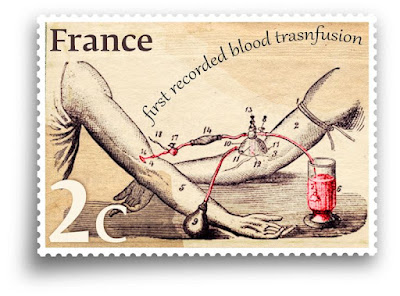International Surfing Day is celebrated annually on the third Saturday in June, uniting surfers and ocean enthusiasts worldwide in a shared appreciation of the sport and the coastal environments that make it possible. Established in 2005 by the Surfrider Foundation and Surfing Magazine, this day is dedicated to both the joy of surfing and the preservation of marine ecosystems. Participants across the globe engage in a variety of activities, from beach cleanups and educational workshops to surf contests and community gatherings, all aimed at promoting ocean conservation and sustainable practices. International Surfing Day serves as a reminder of the intrinsic connection between surfers and the health of our oceans, encouraging a collective effort to protect these vital natural resources for future generations.







